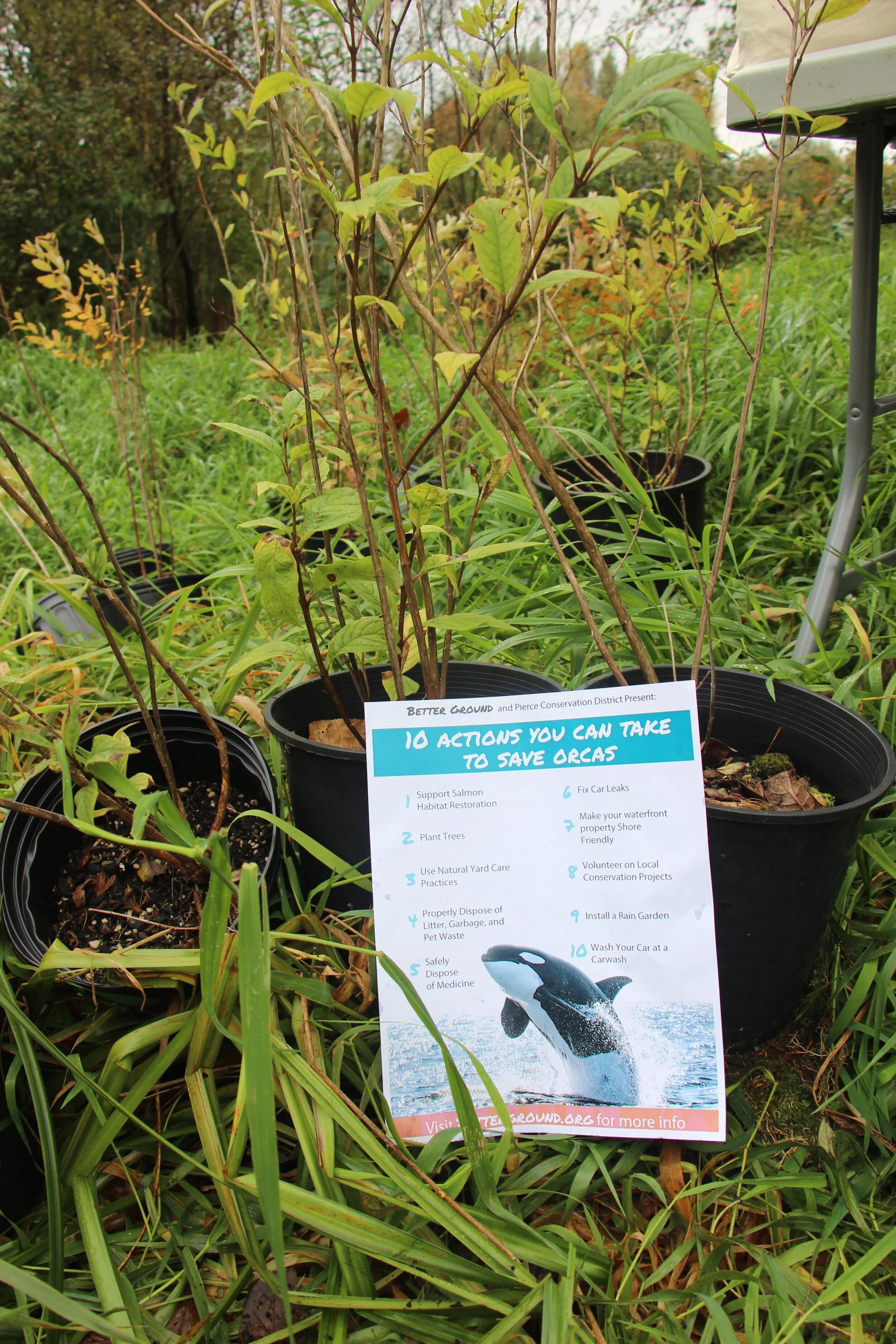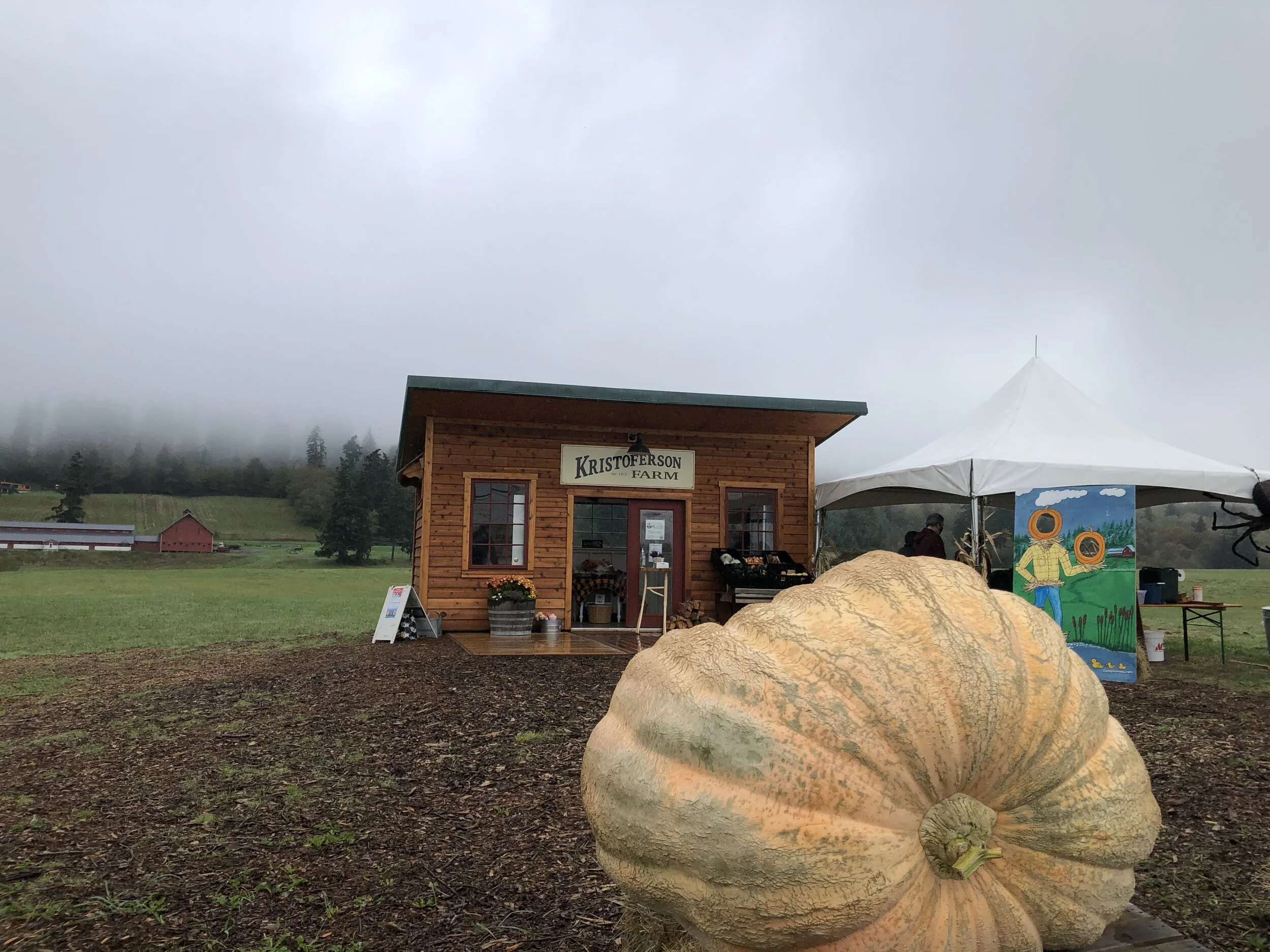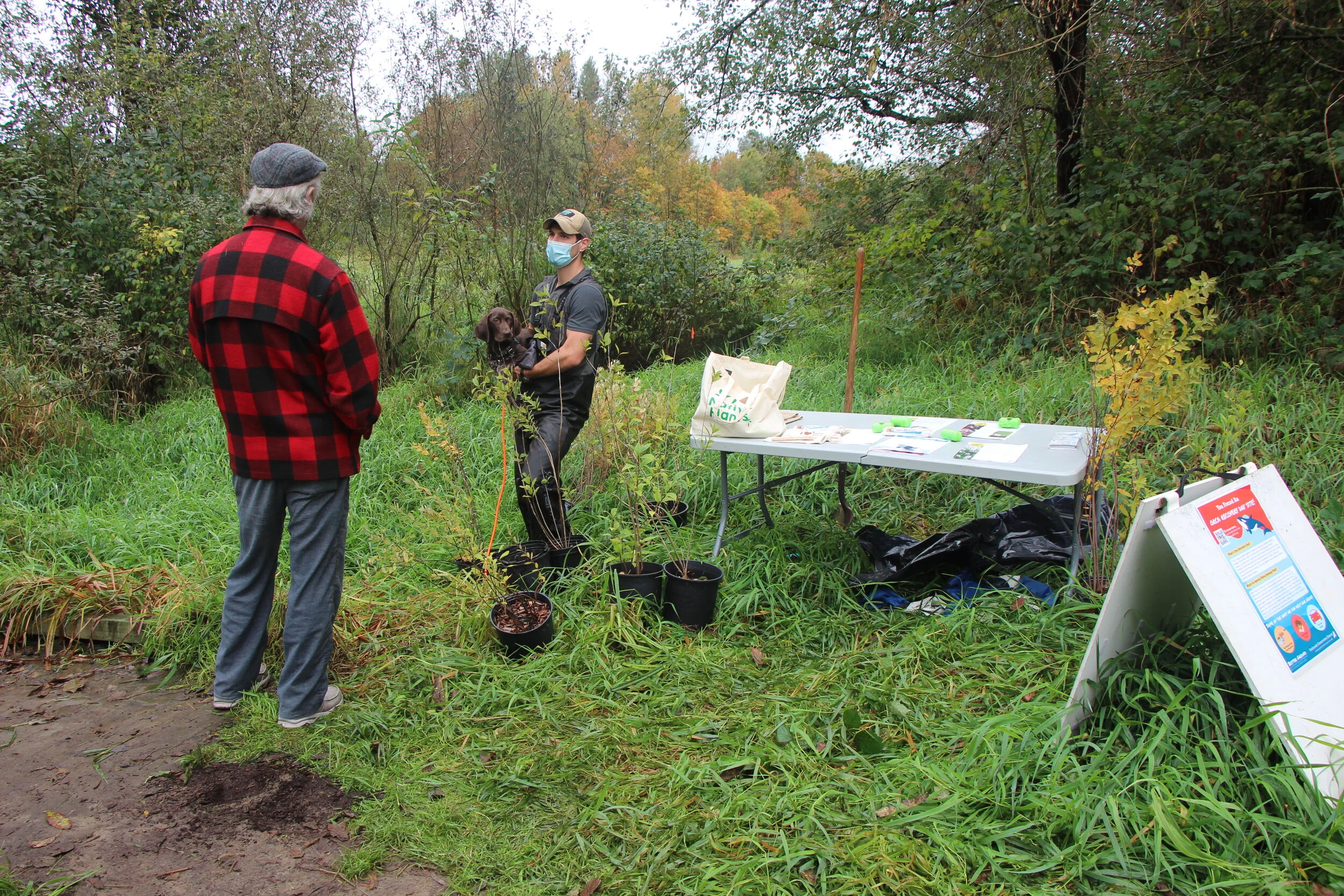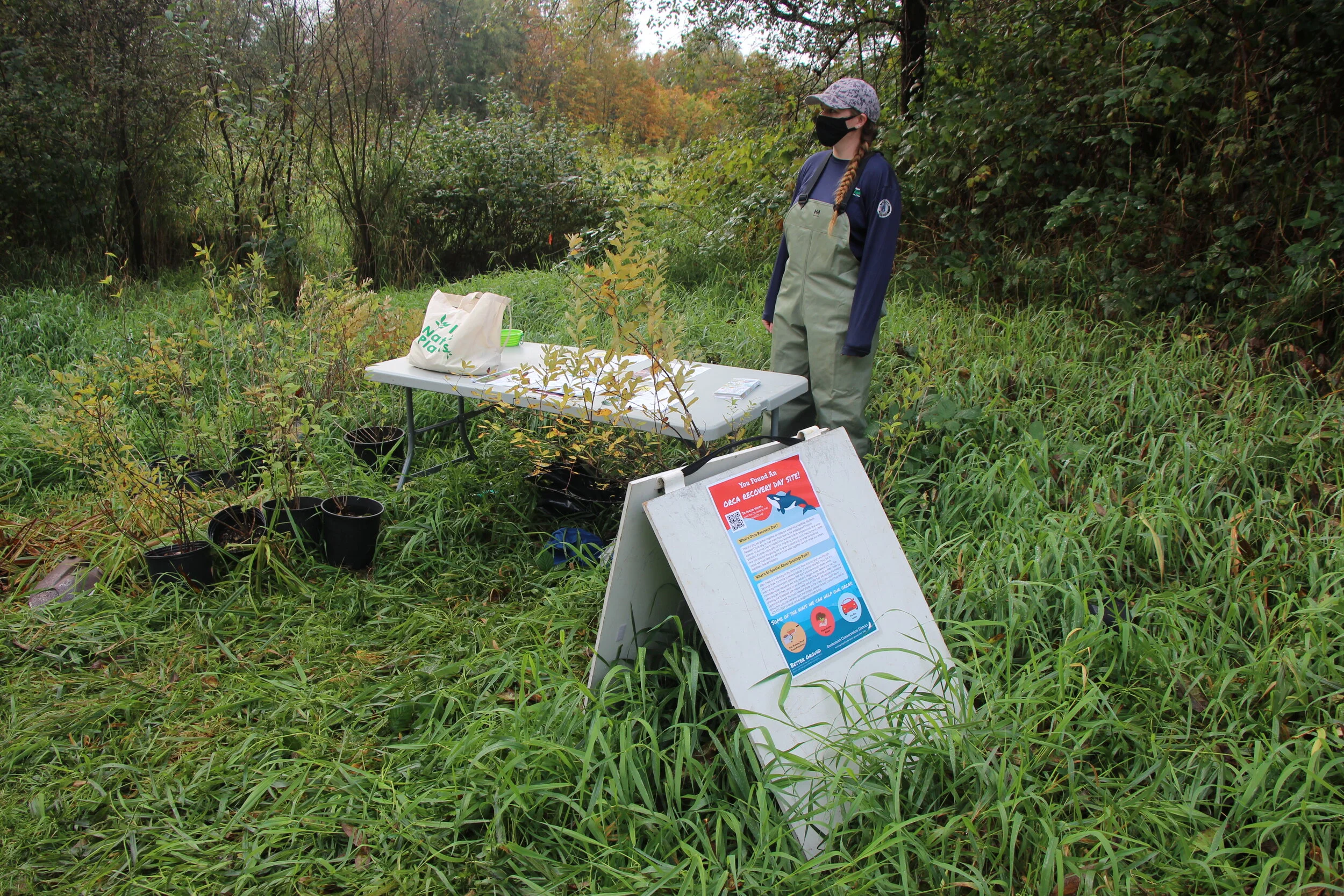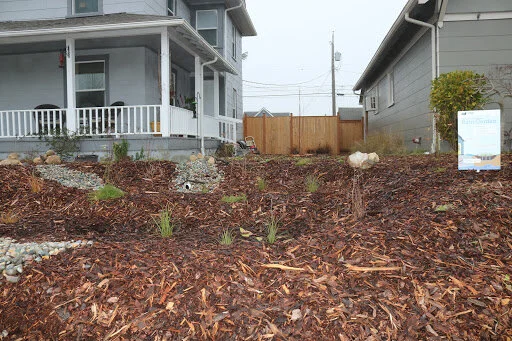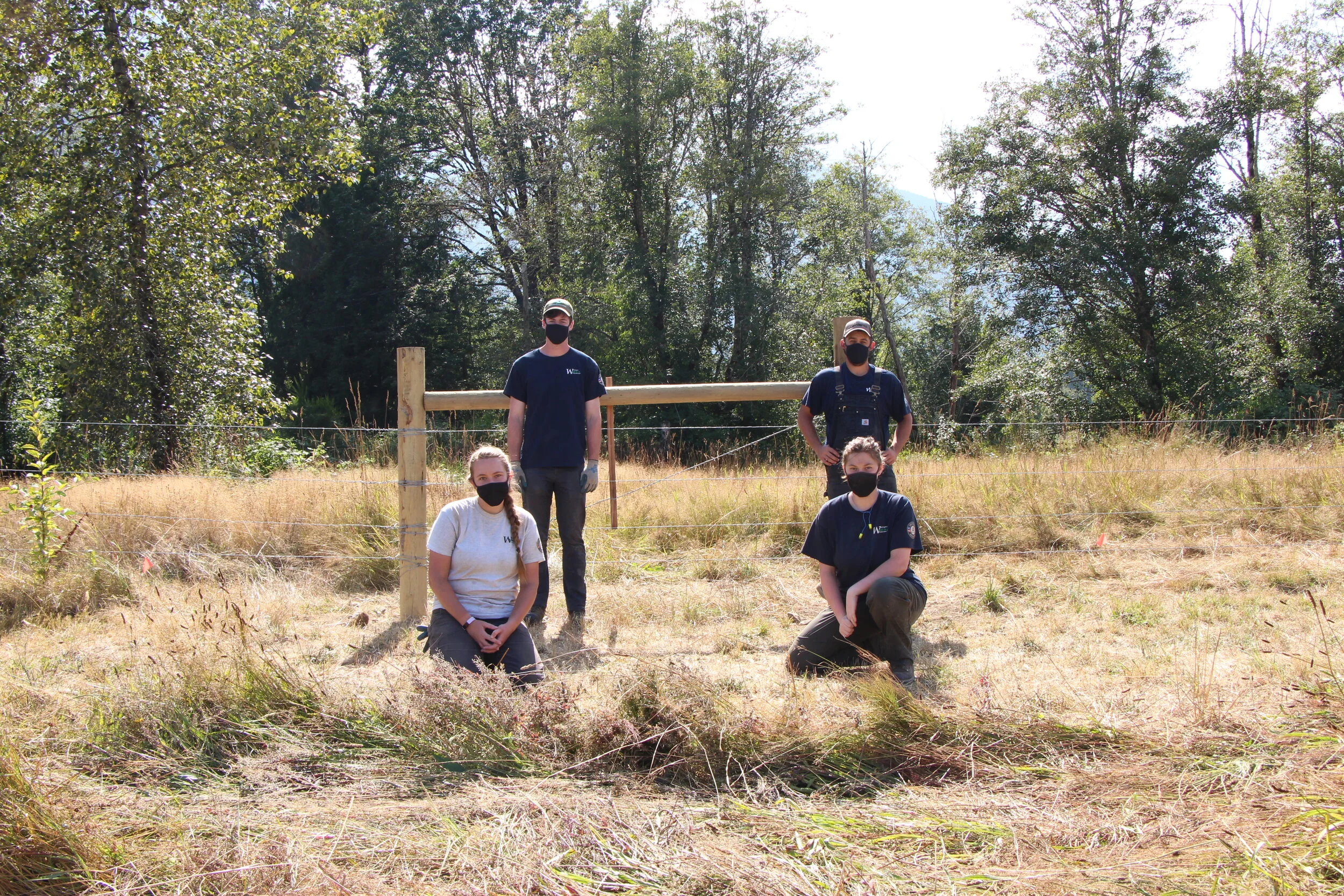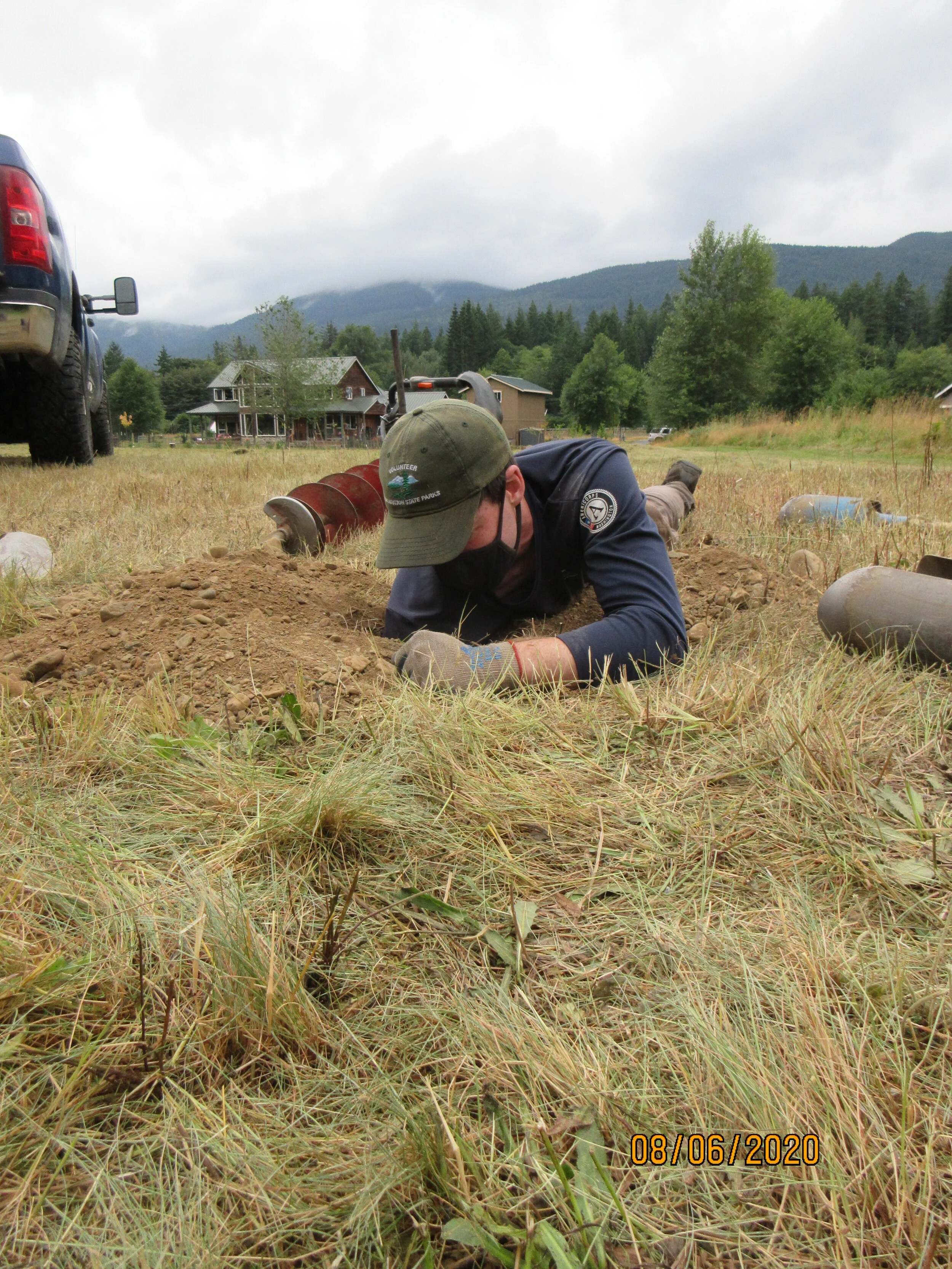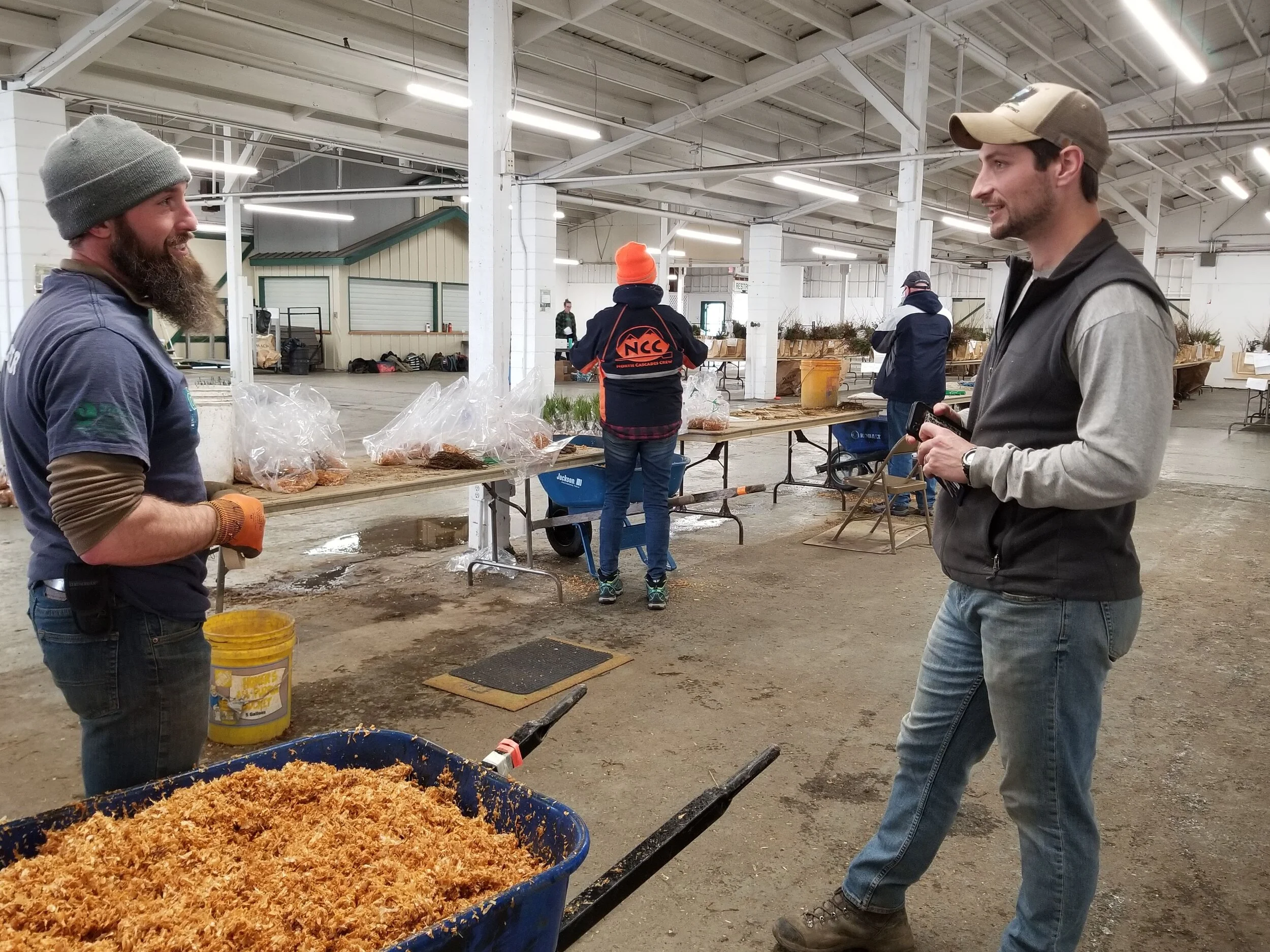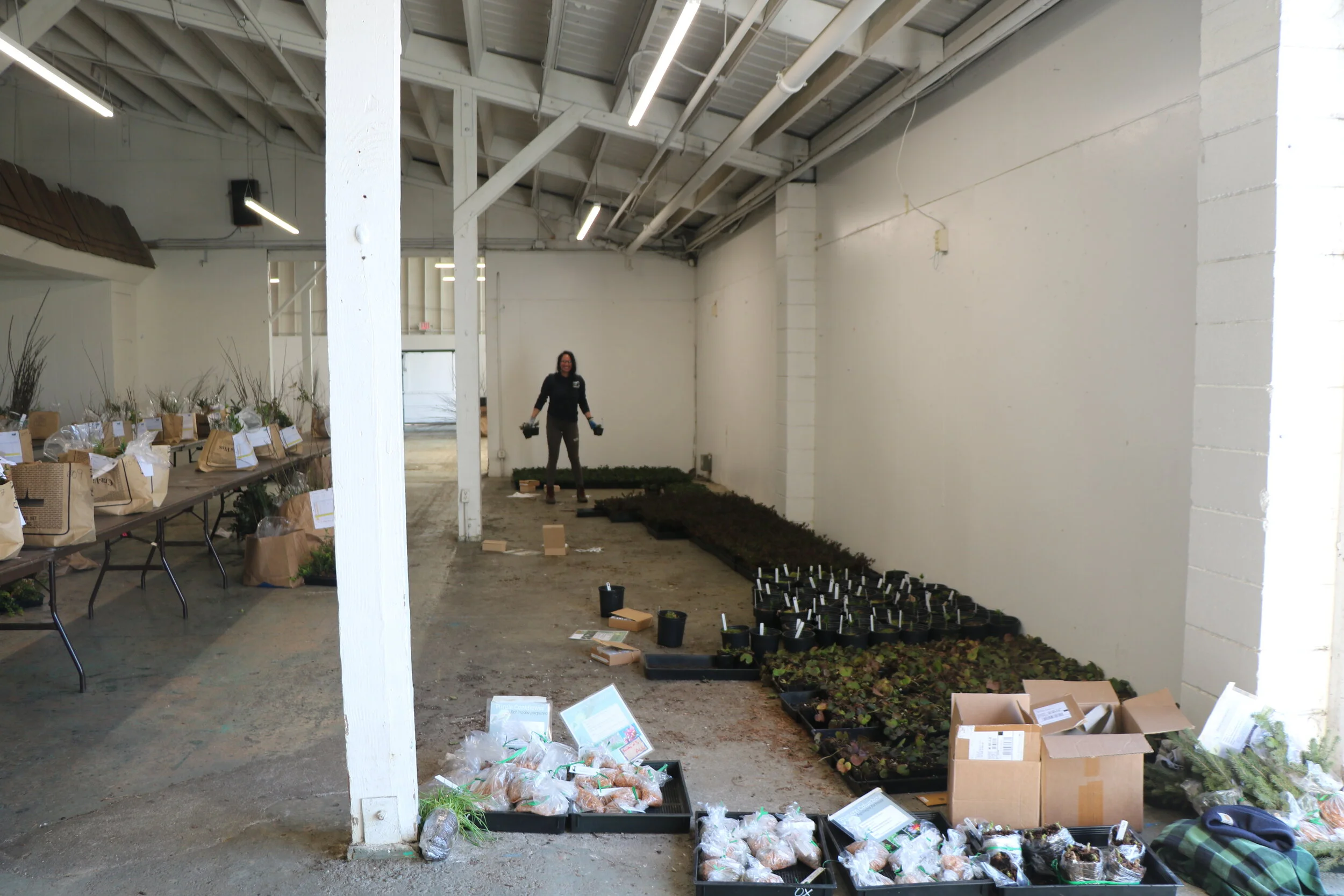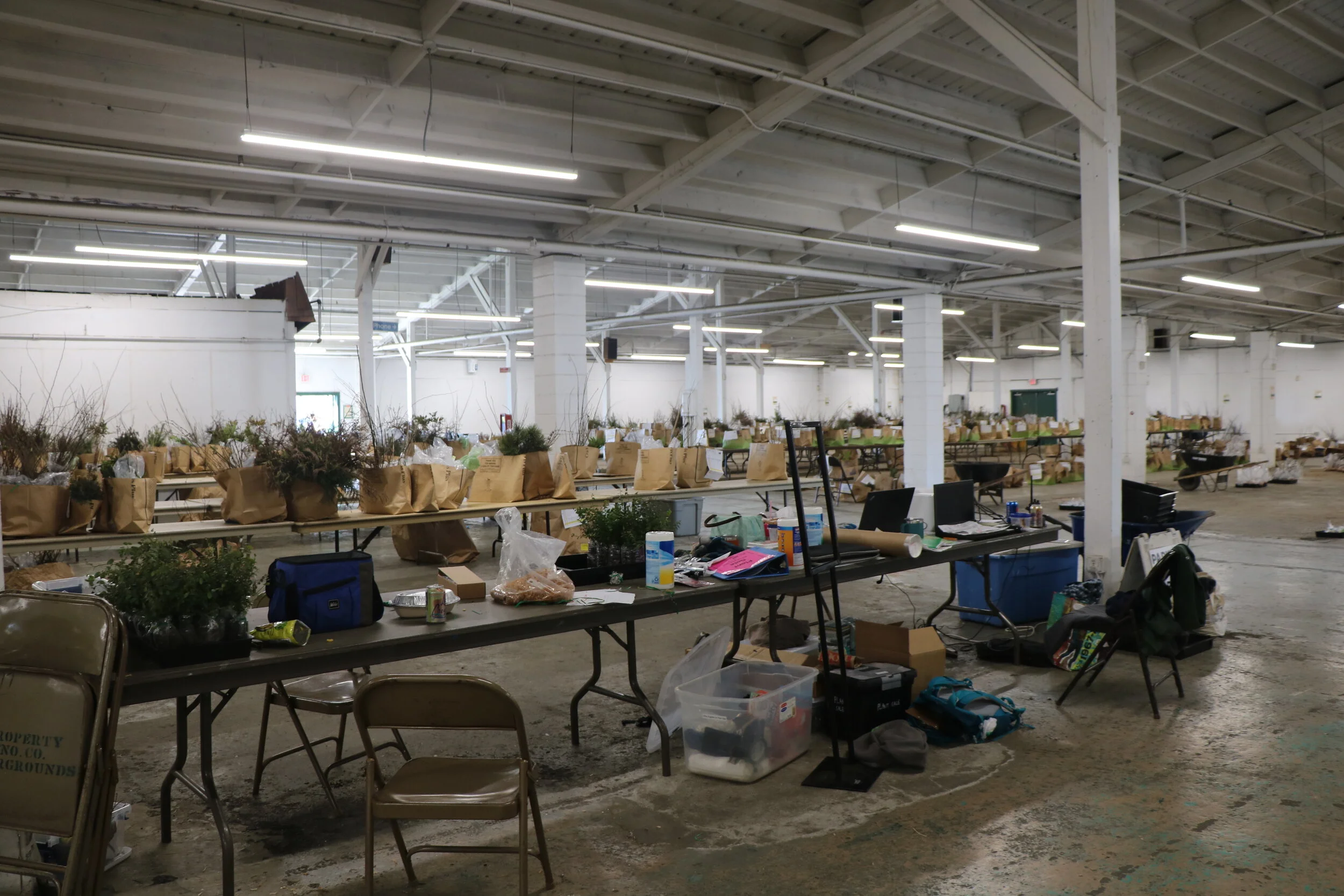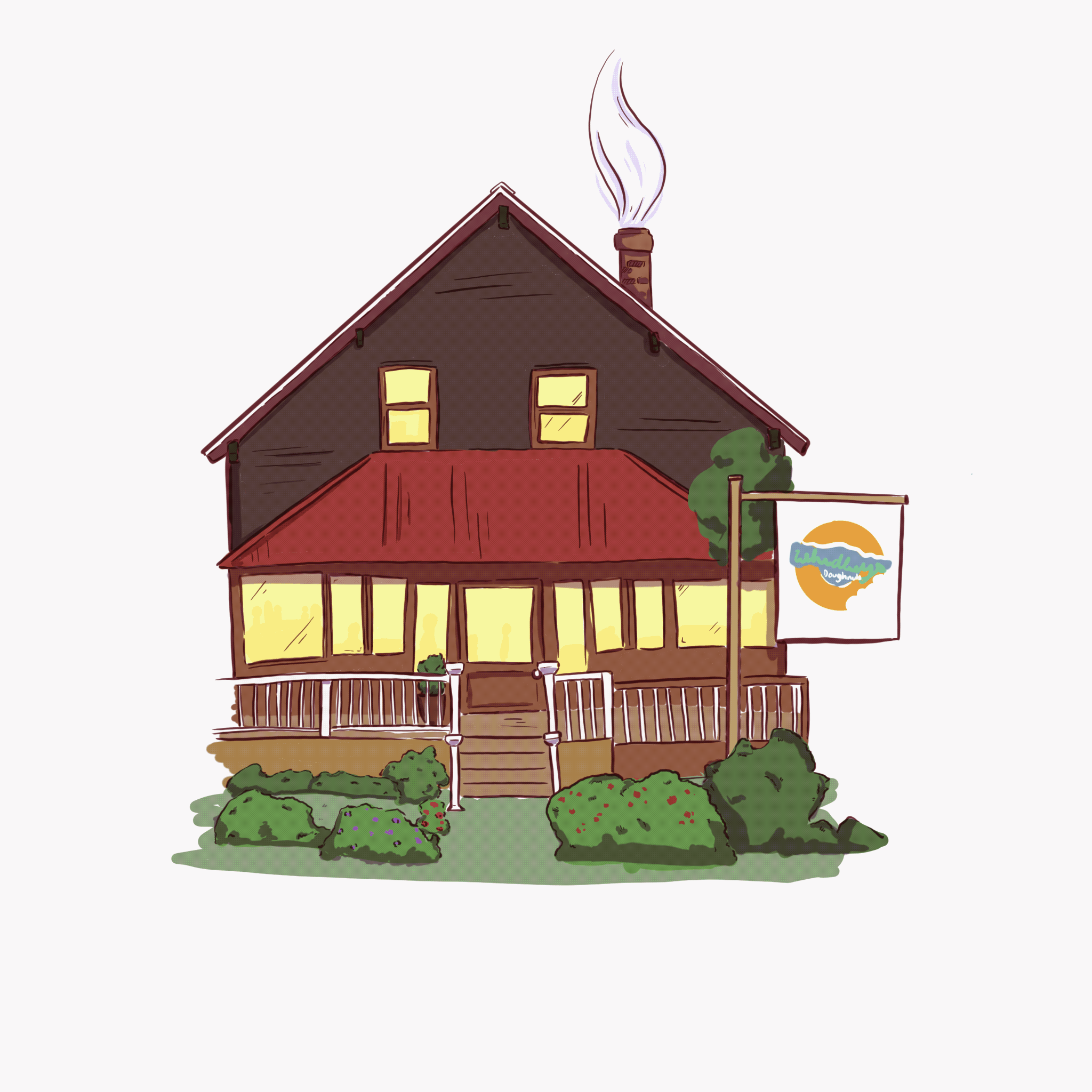When we entered the new year in 2020, none of us could have predicted the global pandemic that would create a national food security crisis. With millions more children experiencing hunger than in recent years and nearly 1 in 4 households reporting food insecurity in 2020, our work in urban agriculture is more crucial than ever before.
In response to this crisis, we broadened our partnership efforts with organizations like food banks and non-profits to provide additional support to those in need.
“We have, as an organization, an ability to make other partnering organizations stronger together through our collaboration,” Joe Crumbley, Urban Agriculture program coordinator, said.
One of these organizations was the non-profit Farmer Frog, led by Zsofia Pasztor. Farmer Frog works with the EastWest Food Rescue, where crops from Eastern Washington that would otherwise be tilled back to the soil are transported across the mountains and distributed to food banks and families here in the west.
Our Urban Conservation team worked on starter kits to give to organizations that support families with students on the free and reduced lunch program. In addition to seeds, starts, and produce, these starter kits also included educational activities for youth. Meanwhile, our Veterans Conservation Corps crew helped bag and deliver food and seed packets.
“With our experience and educational resources, we can help break down barriers in urban agriculture,” said Crumbley.
Throughout the year, Crumbley also helped families gain access to raised garden beds and other resources as interest in home gardening and sustainable living boomed.
On Facebook, our Lawns to Lettuce/Project Harvest group of local gardeners doubled in size and donated thousands of pounds of fresh produce to local food banks. Meanwhile, an online sustainable gardening workshop gathered a global audience that included participants from Costa Rica, Australia, and New Zealand.
While 2020 caused a lot of heartache for the nation and world, it was also the catalyst for many of our neighbors, families, and friends to look into self-sustainability through growing their own food and supporting locally-produced foods. These next few years will be a crucial time for us to encourage and support these interests.
As the world continues to heal from the changes and losses of 2020, our staff will continue to pivot where needed in urban agriculture, and support our communities through a balance of natural resource conservation and local food security.



